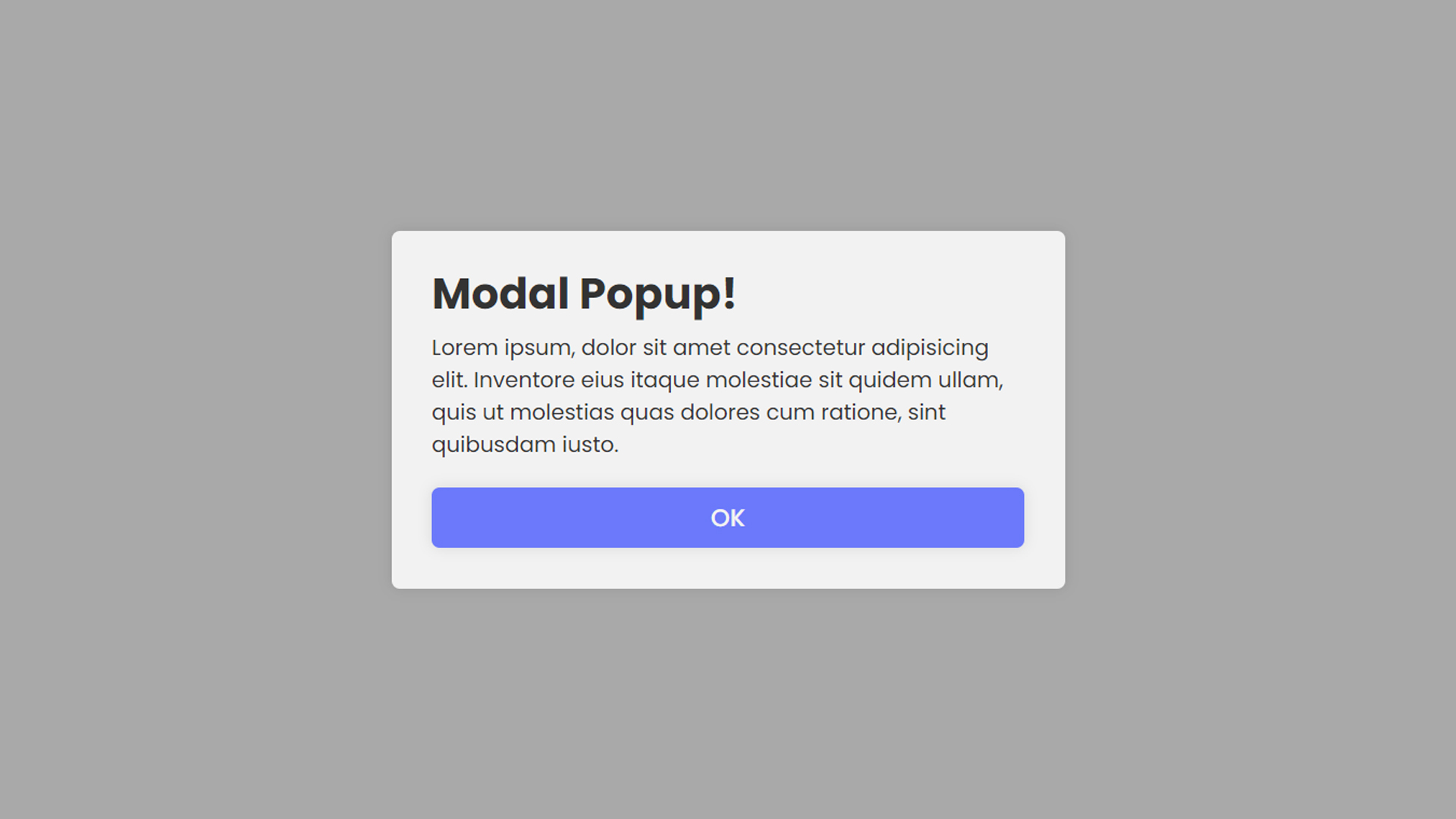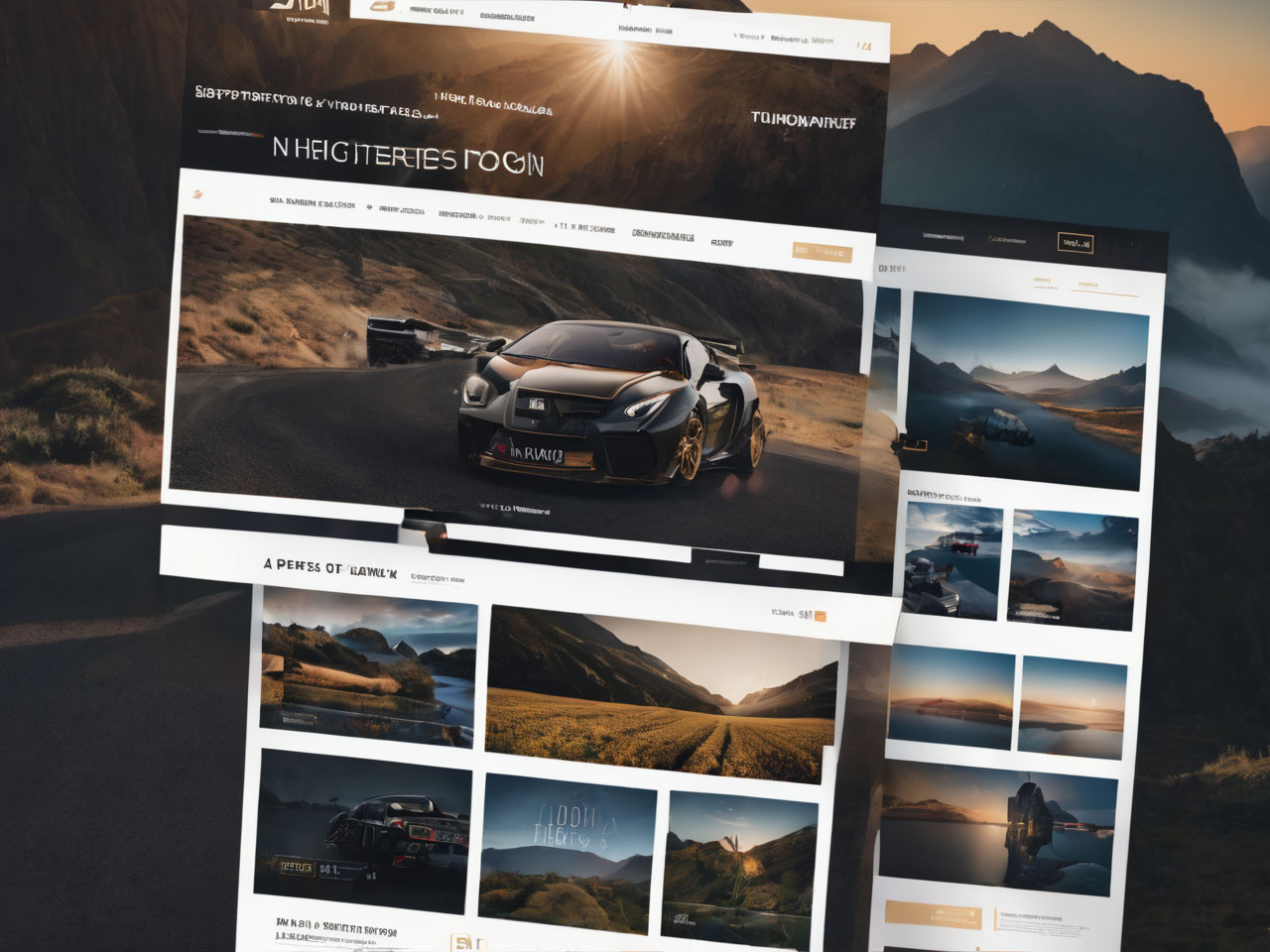Creating a successful website requires careful planning, just like constructing a building. Website design planning is the foundation on which a functional and visually appealing site is built. In this article, we’ll explore the key aspects of website design planning, from defining your goals to structuring your content and ensuring a seamless user experience.
Setting Clear Goals and Objectives
The first step in website design planning is to define your goals and objectives. What do you want to achieve with your website? Consider factors such as:
- Purpose: Is your website informational, e-commerce, portfolio, blog, or a combination of these? Define its primary purpose.
- Target Audience: Who is your target audience? Understanding your audience’s needs and preferences is essential.
- Conversion Goals: What actions do you want visitors to take on your site? This could include making a purchase, signing up for a newsletter, or filling out a contact form.
- Key Performance Indicators (KPIs): Identify the metrics you’ll use to measure the success of your website, such as traffic, conversion rate, or engagement.
Content Strategy
A well-planned content strategy is crucial for a successful website. It includes:
- Content Type: Determine the types of content you’ll have, including text, images, videos, and interactive elements.
- Information Architecture: Create a sitemap to organize content logically, making it easy for users to navigate your site.
- Keyword Research: Identify relevant keywords to optimize your content for search engines (SEO).
- Content Creation: Develop high-quality, engaging content that aligns with your goals and resonates with your audience.
User Experience (UX) Design
A seamless user experience is paramount. Consider these elements:
- Navigation: Design an intuitive menu structure and navigation system to help users find what they’re looking for.
- Mobile Responsiveness: Ensure your site is mobile-friendly, as a significant portion of users access websites on mobile devices.
- Page Load Speed: Optimize images and code to minimize load times, enhancing the user experience.
- Accessibility: Make your site accessible to people with disabilities, including those using screen readers.
Visual Design
The visual aspect of your website is crucial for leaving a lasting impression. Elements to consider include:
- Branding: Incorporate your brand identity, including logos, color schemes, and typography, for a consistent look.
- Layout and Typography: Choose a layout that complements your content and select typography that is easy to read.
- Images and Multimedia: Use high-quality images and multimedia elements to enhance the visual appeal.
- White Space: Ensure proper spacing and white space to avoid clutter and improve readability.
Development and Testing
Website design planning extends to the development phase:
- Platform: Select a suitable platform or content management system (CMS) for building and managing your website.
- Coding: Ensure that the website is coded cleanly and follows best practices for performance and security.
- Testing: Thoroughly test your site for functionality, cross-browser compatibility, and mobile responsiveness.
- Feedback and Iteration: Gather feedback from users and make necessary improvements.
Conclusion
Website design planning is the cornerstone of creating a successful and user-friendly online presence. By setting clear goals, developing a comprehensive content strategy, prioritizing user experience, and paying attention to visual design, you can build a website that not only meets your objectives but also delights your visitors. Careful planning sets the stage for a well-structured, visually appealing, and functional website that delivers on its promises.













